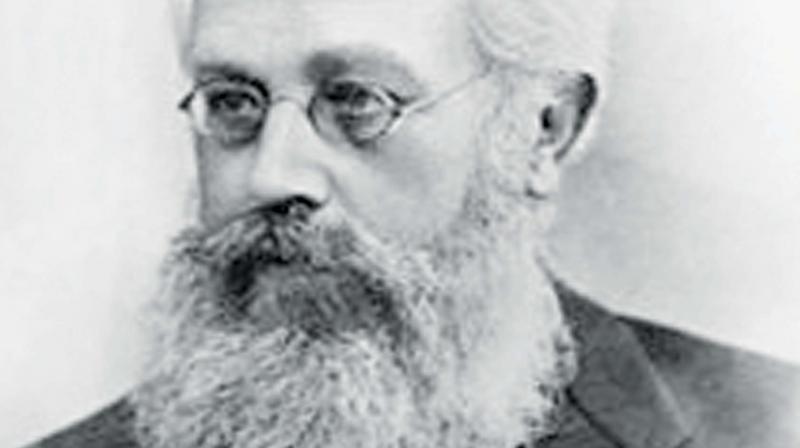May for Ooty is packed with historical memories
On May 1, 1933, Roman Abt, the architect of Nilgiris Mountain Railway died.

Ooty: While modern Nilgiris is celebrating its bicentenary now, the Nilgiris Documentation Centre(NDC) which recapitulates some of the important events in the genesis of this hill district, has recalled the significance of the month of May in the evolution of modern Ooty.
Mr. Dharmalingam Venugopal, the director of NDC, a veteran on Nilgiris history, said that it was on May 23, 1823, that the first ever cart road on the hills, from Sirumugai to Kotagiri, was completed by captain McPherson at the direction of John Sullivan, the founder of modern Nilgiris. The road opened up the Nilgiris mountains, which had remained isolated for centuries, to the outside world, he pointed out.
“On May 28, 1827, Sir Thomas Munro, Governor of Madras, who had visited the hills a year earlier and seen for himself what John Sullivan had been advocating about the health utility of the hills for years, declared Nilgiris a Hill Station, the first hill station of the British Raj. On May 14, 1858, Lawrence School at Lovedale near Ooty spread over 800 acres was opened to rebuild the lives of children orphaned by wars by the will of Sir Henry Lawrence. On May 18, 1894, horse racing under ‘Turf Rules’ began at the Hobart Park in Ooty. “Till then racing was held in different places as steeple chase or gymkhana racing. Hobart was a popular governor of Madras and uncle of John Sullivan,” he noted.
On May 1, 1933, Roman Abt, the architect of Nilgiris Mountain Railway died. He founded the railway as a system named after his own name, the ABT system (Alternating Biting Tooth system). Apart from NMR, the only other such system in operation is in Snodinia in Wales, he said.

